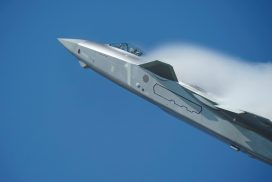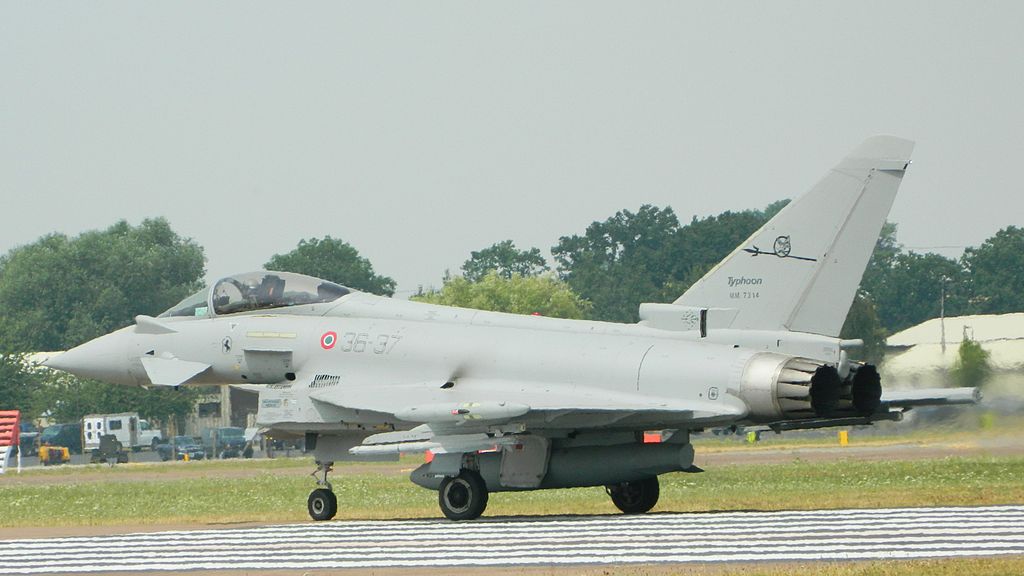Bangalore: Reliance Industries Ltd plans to source locally developed technology from state-owned National Aerospace Laboratories, or NAL, to make carbon fibre, a scarce, steel-like material used in building light aircraft.br /India’s largest private sector company by sales would make the carbon fibre at a 4,000-tonne plant in Vadodara, Gujarat, using technology developed at NAL, an arm of India’s biggest public research agency, the Council of Scientific and Industrial Research, people familiar with the development said.br /The people, who did not want to be named, would not disclose investment details because an agreement for technology transfer is yet to be signed. Questions sent to Reliance spokeswoman Sharmili Vashani on Thursday had not been answered until late Sunday.br /Carbon fibre, produced from polymers, is used to make composites that are as strong as steel, but nearly half its weight. These composites have a longer lifetime and are less prone to corrosion, and are used in products ranging from Formula One cars to pipes that carry petroleum products. It is also used in the manufacture of fighter planes, rockets and missiles.br /Restrictions exist on the import of the material. A global scarcity of carbon fibre and composites has resulted partly because of increased consumption by the world’s two largest passenger-plane makers, Boeing Co. and Airbus SAS, which use the lightweight material to build lighter and more fuel-efficient planes.br /Boeing has replaced aluminium alloy with carbon composites in half the structures used to build the B787 plane, compared to just 11% in older planes, Alan G. Miller, director of technology integration of the 787 for Boeing, said at an aerospace conference in Bangalore.br /“Some of the shortage is a timing question. There are plans worldwide to increase plant capacity,” Miller said on the sidelines of the conference last month.br /The aerospace market’s consumption of carbon fibre composites was estimated to be 7,260 tonnes in 2007 and is expected to grow fivefold to 35,800 tonnes by 2010, according to researcher Frost and Sullivan.br /“Composites have considerable potential in commercial aviation sectors with the largest end-users in this segment being business, light and very light aircraft,” Frost research analyst Balaji Srimoolanathan said in the report.br /Already in Vadodara, Kemrock Industries and Exports Ltd, an export-focused unit that makes fibre-reinforced plastic composites, is building a 400-tonne carbon fibre plant to open in August 2009, the first big unit in the country.br /The Rs200 crore plant also will make the composites using technology from NAL, and initially focus on composites for windmill blades and cars, which are less rigorous to make than the more complex aviation-grade carbon fibre.br /Carbon fibre sells for between Rs800 and Rs1,200 per kg, whereas the most common fibre, reinforced plastic composites, sells for Rs180-200.br /“Import availability is restricted. So, the demand (for composites) is not coming,” said Mahendra R. Patel, chief executive officer of Kemrock. “If it is available (locally), applications also will expand.”br /India’s public-funded aerospace companies such as NAL, the Indian Space Research Organisation (Isro) and Hindustan Aeronautics Ltd?(HAL), use composites extensively in rockets, the Tejas light combat aircraft, Dhruv advanced light helicopter and Saras multi-role passenger plane.br /The Tejas fighter has around 70% of composites for its weight, as against 30% for the F-22 Raptor and around 50% in the Joint Strike Fighter of the US. Tejas is the only fighter that uses composites in the centre fuselage. The lightweight composites in its workhorse rockets allow Isro to launch heavier satellites into orbit.br /Russia, among the world leaders in fighter planes, has involved India to build composites for better stealth features in the so-called fifth generation fighters being built by Sukhoi design bureau.br /Indian aerospace institutions have earned a reputation for mastering the carbon composite technology for aerospace applications, but India currently produces only 20 tonnes at a NAL unit in Bangalore.br /The bulk of the demand for the material in India, estimated to be around 1,200 tonnes a year, is met with imports from Japan and France, but the supplies have been irregular in recent times.br /In April 2007, Japan’s Toray Industries Inc., the world’s largest producer of carbon fibre, stopped supply of the material after India tested its nuclear-capable ballistic missile, Agni 3, with the capability to strike China. Toray cited concerns over potential “dual use” in both civil and military applications.br /Local production of carbon composites by Kemrock and subsequently by Reliance would reduce dependence on imports over the next few years, when production begins largely for Saras and a five-seater passenger plane designed jointly by NAL and Mahindra and Mahindra Ltd.br /“In three years, we should be able to have a good industrial base for these materials,” NAL director A.R. Upadhya predicted in June.
Menu
Copyright © 2007- 2025 • Defence Aviation • All Rights Reserved. Reproduction without explicit permission is prohibited.



